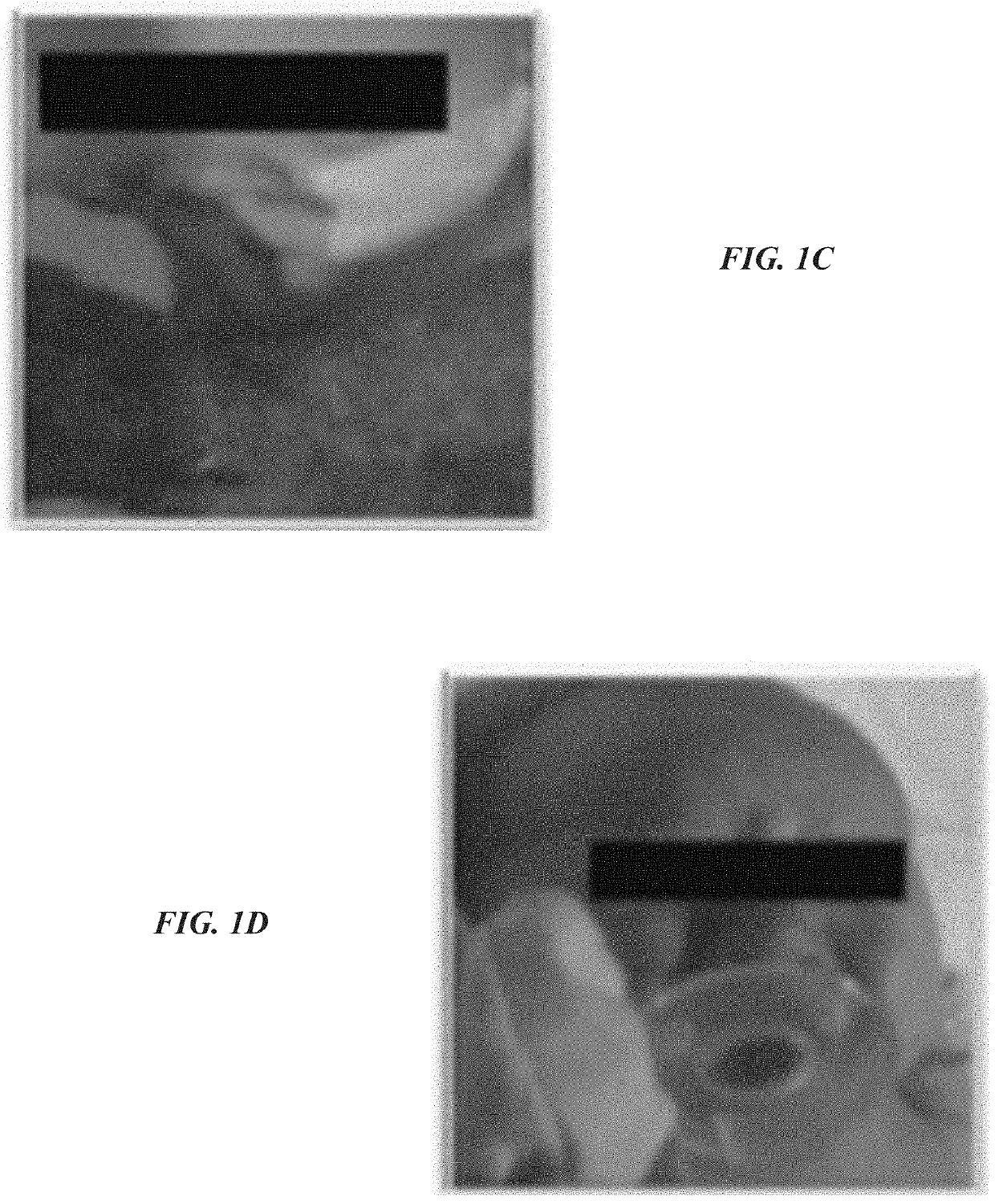Machine-based infants pain assessment tool
a machine-based, infant-based technology, applied in the field of system and method of pain assessment in infants, can solve the problems of inability to analyze voice data, difficulty in pain assessment of infants, and useless scal
- Summary
- Abstract
- Description
- Claims
- Application Information
AI Technical Summary
Benefits of technology
Problems solved by technology
Method used
Image
Examples
example 1
[0123]Video and audio data (i.e., video data of face, body, and sounds) along with vital signs data for a total of 43 subjects older than 30 weeks gestational age (e.g., premature and infants) were recorded using cameras (e.g., GOPRO cameras) under two different pain conditions: acute and chronic. Gestational age was calculated from the first day of the mother's last menstrual period. Acute pain recordings were carried out during heel lancing procedures that were previously scheduled for routine blood test in the presence of nurses who scored the pain moments using the NIPS (Neonatal Infant Pain Scale) scoring tool. The scores were taken prior to, at the start, and during the procedure, and at every minute after the completion of the procedure for around five minutes. These scores were used as ground-truth, to validate the results of the instant system and methodology. Infants with chronic pain were monitored during the post-operative recovery for up to three (3) hours in the presen...
example 2
[0137]As discussed herein, an embodiment of the current invention is a multimodal computer-aided pain assessment tool for use in preterm and term infants. While the prior art demonstrated the relationship between isolated behavioral and physiologic changes and infant pain, a pain assessment tool is needed that allows for the automated integration of infants' facial strain patterns, body motion, crying sounds, and vital signs. This pain assessment tool is enabled herein. This integrated data (infants' facial strain patterns, body motion, crying sounds, and vital signs) was evaluated in comparison with validated nurse-generated pain scores to perform multivariate regression analysis and establish pain inference models that can assess pain using the identified indicators.
[0138]An objective is to demonstrate that computer-aided pain assessment provides a sensitive and consistent assessment of infant pain similar to the traditional nurse scoring. The computer-aided pain assessment is acc...
PUM
 Login to View More
Login to View More Abstract
Description
Claims
Application Information
 Login to View More
Login to View More - R&D
- Intellectual Property
- Life Sciences
- Materials
- Tech Scout
- Unparalleled Data Quality
- Higher Quality Content
- 60% Fewer Hallucinations
Browse by: Latest US Patents, China's latest patents, Technical Efficacy Thesaurus, Application Domain, Technology Topic, Popular Technical Reports.
© 2025 PatSnap. All rights reserved.Legal|Privacy policy|Modern Slavery Act Transparency Statement|Sitemap|About US| Contact US: help@patsnap.com



